Law enforcement has traditionally been a male profession. That’s been true since the beginning. But that’s starting to change.
Women in Law Enforcement: Sharing Their Stories
This special section of POLICE is dedicated to all the women who are serving in law enforcement right now.
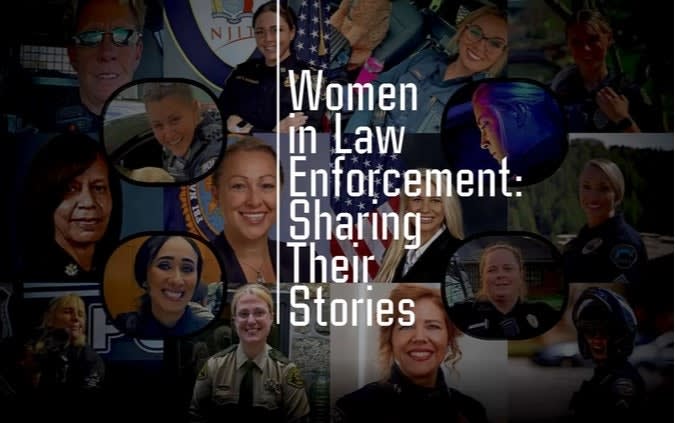
POLICE Photo Illustration of Provided Images
It’s said that the first American woman to wield police powers joined the Chicago detective bureau in 1891. Marie Connolly Owens’ job was to track down men who abandoned their families, and she was reportedly very good at it. Women who immediately followed in her footsteps were also usually tasked with duties that revolved around crimes against women and children. They were not beat cops or homicide detectives.
That changed as more and more women joined the American workforce after World War II and especially in the 1960s and 1970s. Some of those women who were pursuing careers not generally held by women, sought to become police officers. And over the years they started to have the same duties as the men.
Today, it is estimated that 12% to 13% of all sworn law enforcement officers in the United States are women, and they are working in every police application. Some agencies have a much higher percentage of women on the job than the national average. In those jurisdictions, women cops have become much more visible, as they are contacted by the public, praised for their performance, rise up through the ranks, and are tragically injured and killed in the same kinds of brutal attacks that injure and kill male officers.
In the coming years, the number of women in law enforcement is expected to increase. There are multiple reasons why more women will be entering the police profession. But the primary one is that many agencies are actively working to recruit more females.
There is even a special initiative to push agencies to have 30% women in their academy classes by 2030. The 30x30 Initiative was established in 2021, and more than 150 agencies have agreed to pursue the hiring goals. It is a program developed by the Policing Project at the New York School of Law and the National Association of Women Law Enforcement Executives.
We don’t know if 30x30 will achieve its goals. It’s going to be difficult as people of all backgrounds who once might have considered careers in police work have become more and more reticent to sign up. But one thing we do know is that there are now more women in the ranks of American law enforcement than ever before.
This special section of POLICE is dedicated to all the women who are serving in law enforcement right now.
In the linked stories: you will learn about 16 female officers and deputies and the challenges and rewards they have experienced in their careers. You’ll learn why they chose to become officers, the triumphs they have enjoyed, the defeats they have suffered, and the challenges they have faced.
The featured officers are from agencies nationwide, from rural sheriff’s agencies, campus agencies, and big city police departments. They have held a wide variety of positions, including patrol, supervision, command, detective, tactical, and even chief. Some have worked in law enforcement for decades, most for five years or more, and one has spent less than a year in uniform. They are all accomplished in their fields. These are their stories.
More Patrol
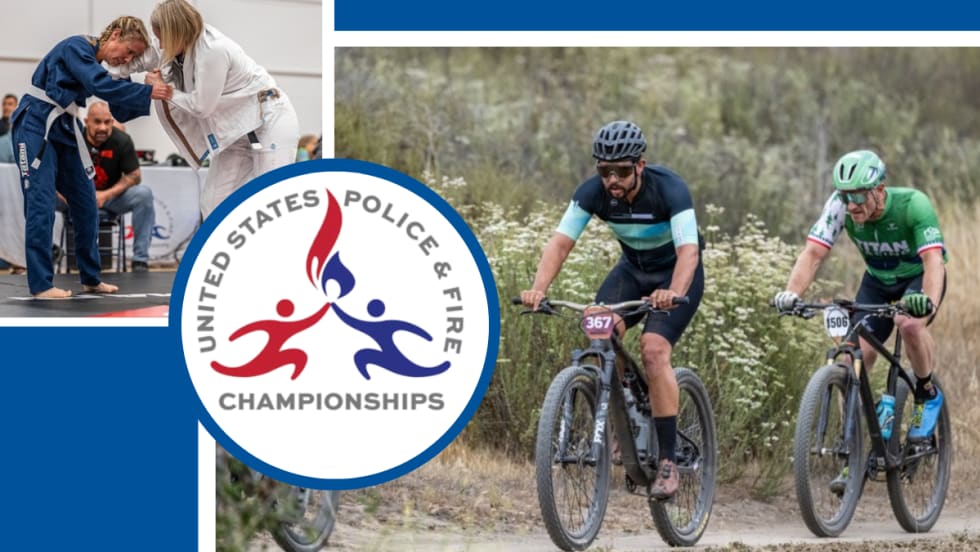
Police & Fire Championships Expands Athlete Eligibility
The US Police & Fire Championships is now open to all employees – sworn, civilian, administrative, technical, and support staff – who work directly for an eligible public safety agency.
Read More →
Tips for Watching the Hands
How can officers better “watch the hands”? Mike Willis, Law Enforcement National Training and Program Director for the US Deputy Sheriff's Association, shares some tips.
Read More →
10 Tips for Felony/High-Risk Stops
What steps can officers take to stay safer during felony or high-risk vehicle stops? Here are 10 tips from Mike Willis, Law Enforcement National Training and Program Director for the US Deputy Sheriff's Association.
Read More →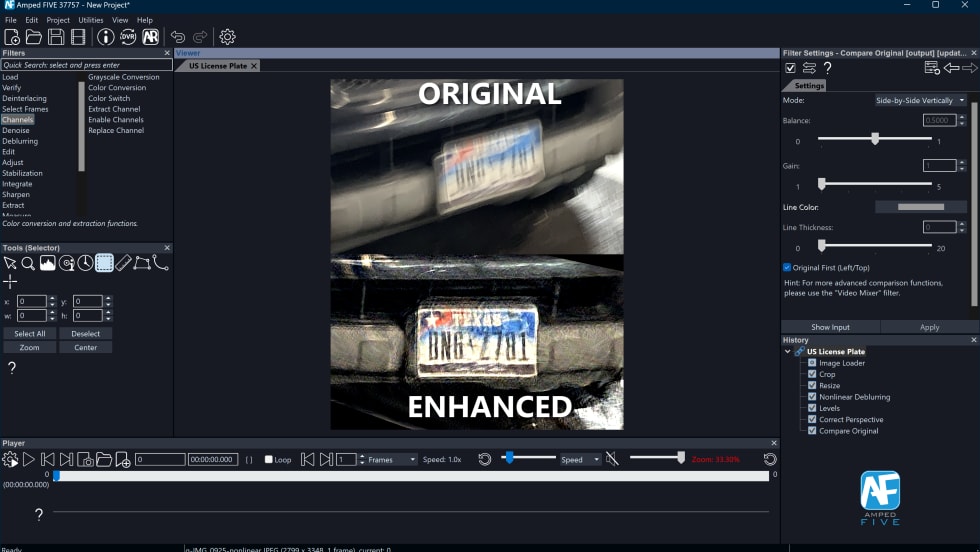
Amped Highlights Power Behind Amped FIVE Software
Amped FIVE empowers you to advance your investigations with confidence and precision, from the crime scene all the way to the courtroom.
Read More →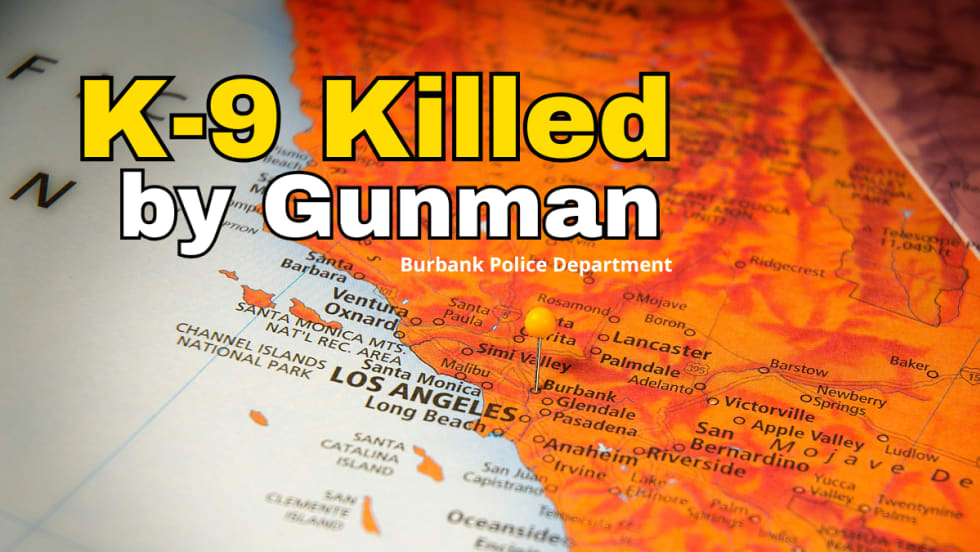
Police K-9 Killed, Suspect Dies in Shootout with Cops
A Burbank Police Department K-9 was fatally shot over the weekend by a passenger who fled on foot from a traffic stop. The armed suspect was killed in a shootout with officers.
Read More →
From the Show Floor: InVeris
In this video, learn about how InVeris provides training to law enforcement, including customized augmented reality scenarios. The augmented reality system can scan up to 10,000 square feet of real-life environments and create a curriculum based on those spaces.
Read More →
From the Show Floor: Polaris Government & Defense
Learn about Polaris Government & Defense in this video as POLICE visits their show booth to discover their side-by-sides and the advantages they provide for agencies.
Read More →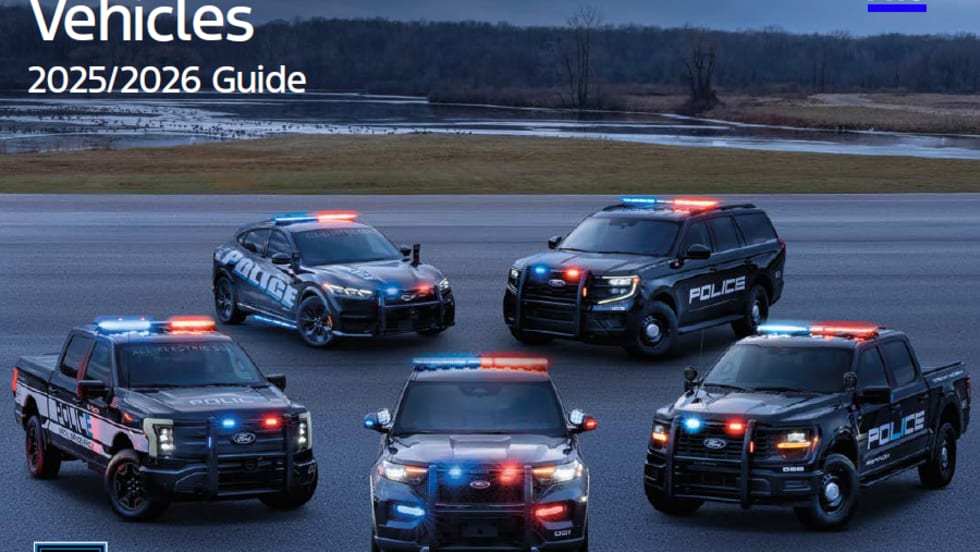
2026 Ford Pro™ Police & Special Service Vehicles Guide is Available for Download
Ford Pro™ meets the needs of law-enforcement agencies
Read More →
Dashcam Video Shows Officers Rescue Man from Burning Car
Dashcam video released by a New Jersey police department shows two of its officers rescuing an unconscious man from a burning car after a crash.
Read More →
Aimpoint COA optic + A-CUT Named Red Dot of the Year
The Aimpoint COA optic + A-CUT system has been named Red Dot of the Year by Guns & Ammo magazine. The new optic system was introduced in January 2025.
Read More →
